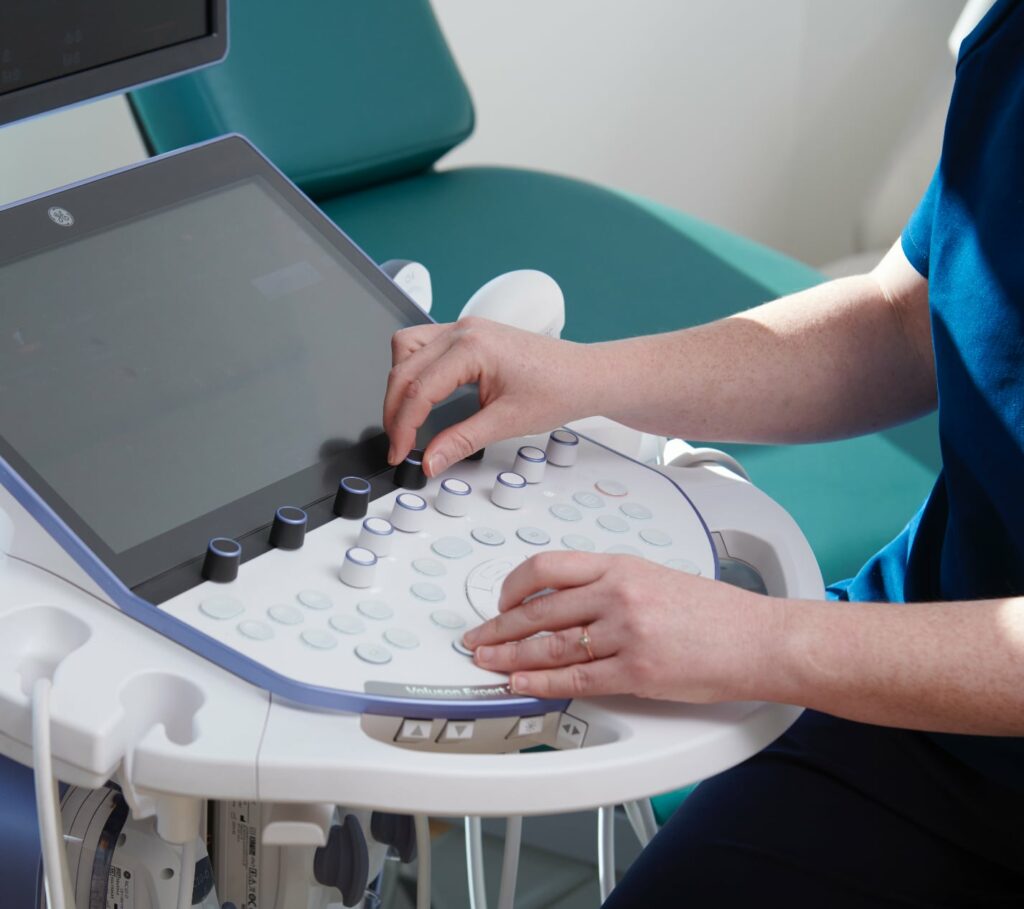At Sound Start, we are committed to providing specialised diagnostic services for women experiencing symptoms of endometriosis. Our Deep Infiltrating Endometriosis (DIE) ultrasound service is designed to offer detailed and accurate assessments of endometriosis-related conditions, enabling personalised and effective treatment plans.
Our clinic is equipped with advanced ultrasound technology and staffed by a team of experienced professionals dedicated to supporting your health and well-being.

Endometriosis is a chronic condition where tissue similar to the lining of the uterus grows outside the uterine cavity. Deep infiltrating endometriosis is a severe form of the disease where the endometrial-like tissue penetrates deeply into pelvic organs and structures. This can lead to significant pain and complications, impacting a woman’s quality of life and fertility.
A Deep infiltrating endometriosis ultrasound is a highly specialised imaging technique used to diagnose and evaluate the extent of endometriosis in the pelvic region. Unlike standard pelvic ultrasounds, this ultrasound procedure focuses on identifying lesions that penetrate deep into pelvic structures, providing crucial information for managing and treating this complex condition.
Conditions Detected with Deep Infiltrating Endometriosis Ultrasound
Deep infiltrating endometriosis ultrasound is instrumental in diagnosing and assessing various forms of endometriosis-related complications, including:
Preparing for a Deep Infiltrating Endometriosis Ultrasound
To ensure optimal imaging results, patients may be asked to prepare for the ultrasound by following specific instructions, such as:
Our team will provide detailed instructions prior to your appointment to ensure you are fully prepared and comfortable during the procedure.
Our experienced sonographers and specialists are dedicated to providing accurate assessments and comprehensive support throughout your diagnostic journey.
